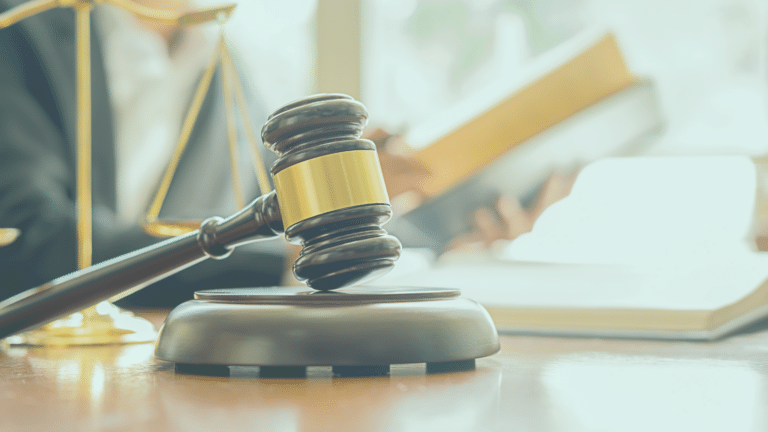Did you know that getting a revolving line of credit improves your liquidity month after month? The resultant flexibility helps you to run your small business smoothly thus making the most out of it. What do you need to know about the revolving credit?
What is revolving line of credit?
A revolving line of credit refers to an always-available credit that a bank or a merchant offers to individuals or corporations. It is indefinite, but it depends on how you keep your promise to repay it. The product is superior to traditional loans. The revolving credit principal amount that you pay becomes your available amount, unlike the case of traditional loans that do not allow you to access the paid principal amount.
A business credit card is a perfect example of a revolving line of credit. The amount of balance that you pay becomes your available balance after the deduction of the agreed interest amount. For example, a lender can give you $50k as revolving credit. When you use $20k to buy inventory, the balance will be $30k. If you repay the $20k plus the interest, then your available loan balance becomes $50k.
The different revolving credit lines that you can choose for your business are short-term, medium-term, business credit card, secured and unsecured credit lines. Each line has its unique terms. You need to assess your ability to meet the terms when selecting the best option.
How does a revolving line of credit work?
A business revolving line of credit works similar to a personal credit card. The limit that the lender offers stands as the credit line. However, you can use the full amount or a lower amount. Using a lower amount enables you to pay a low-interest rate. Thus, you should ensure that you only withdraw the actual amount that your business needs to minimize the cost.
The credit line connects to your business bank account electronically. It provides you with a readily available amount of money 24/7. After repaying your credit, the amount becomes available again automatically (the lender draws the line). The process defines the term “revolving”. You do not need to consult your lender again to make the balance available.
At the end of every month, the lender gives a bill of the balance. You get to see the amount you have used and the remaining amount. What you need to pay is the amount you had used. However, you can opt to pay a partial amount. If you make a part payment, then the lender will roll-over the remaining used amount to the next month at an interest. Thus, the payable interest for the next month will increase.
You will only be able to use the amount you have paid. The higher the amount you pay, the higher the amount of credit you will get. If you default, then your credit scores drop, and there is a high likelihood that the lender will cease to provide the credit. Also, you will need to reapply again for the line of credit. So, ensure that you make timely payments to avoid inconveniences.
Unlike a personal credit that limits you to make a purchase to access the credit, a business credit line makes a deposit to your account. Thus, you can buy inventory, pay salaries, or meet any other business need using a revolving credit line.
Revolving vs. nonrevolving line of credits
The revolving line of credit offers you several benefits that the nonrevolving line of credit does not offer. To begin with, you get a chance to borrow indefinitely. Thus, you do not undergo an evaluation to assess your creditworthiness when you reapply for the credit.
The next benefit entails increasing your credit limit. Similar to how the credit card limit increases, you can also increase your credit line after a certain period of using the credit.
However, you will have limited borrowing power, and you will also pay a high interest than a person who takes a nonrevolving loan.
Types of revolving lines of credit
Short-term revolving line of credit
This credit has a repayment period of up to 18 months. It is usually available for people with lower credit scores, and it is a small business loan ideal for startups. Even though lenders process the credit quickly, it is expensive.
It is one of the most expensive revolving credit product in the market.
Medium-term revolving line of credit
This credit product has a repayment loan of 1-5 years. It also has a higher amount of up to 7 figures. Thus, you can use it to meet your high capital needs.
However, the medium-term revolving credit attracts a strict qualification criterion. Also, your credit rating should be above 600. Last, your business should generate high revenue, and it should have existed for some time.
You should expect a delay after applying for this credit because the lenders take their time when assessing your application documents. But, you will pay a lower rate of interest and get a less-frequent rate of repayment.
Business credit card
The business credit card differs from a charge card because you have to pay a full amount of credit when using a charge card. However, a business credit card allows you to make partial payments that become your available balance. But making partial payments makes you pay interest on the remaining balance.
Even though you cannot get a high amount of money when using a business credit card, its flexibility makes it an ideal small business financing option. Also, the strength of your finances enables you to get a credit card faster.
Secured vs. non-secured revolving line of credits
One difference between the secured and non-secured revolving line of credit is that the earlier requires collateral while the latter does not require security. Alternatively, a lender can opt to place a lien on your assets when giving you a secured revolving credit.
If you default making repayment for secured revolving credit, then the lender can sell your assets to recover the secured credit.
Regarding the unsecured revolving credit, it requires you to sign a personal guarantee. Alternatively, you can agree to the use of a blanket UCC lien. The two options seek to minimize the lender’s risk.
The interest rate of the non-secured credit is higher than the rate applicable for the secured credit.
Pros and cons of a revolving line of credit
The first advantage of revolving credit is that you will always have money. You will not need to make a fresh application, but you will borrow against your existing line whenever a business need arises. Thus, you will achieve peace of mind knowing you can access money anytime.
If you secure your small business line of credit, then you will lower its interest rates. Thus, use your assets to secure the revolving credit.
You can also get a line of credit when your credit scores are low. All you need to do is to provide a collateral or business plan.
However, a revolving credit line has a high-interest rate than common loans. You also need to pay a commitment fee. Last, you will get a lower amount compared to other alternative loans.
How to apply
To apply for a revolving credit line, you need to:
Step 1: meet the eligibility criteria (a credit score above 600, your business needs to have run for 6-12 months and make at least $25,000 every year).
Step 2: fill an online application form.
Step 3: submit your business and personal tax returns, business financial statements, business registration documents, and credit references.
Step 4: Wait for 24 hours to get approval from the lender (waiting time varies)
Summary
Your small venture requires a business line of credit. It is an always-available credit that you can get from a bank or merchant. Also, it is more flexible than traditional bank loans. You can opt for a short-term, medium-term, business credit card, secured, and unsecured credit lines.
You will not only have cash whenever you need it but also repay the credit flexibly. You can either pay the full amount that you use or make a partial payment. Also, you can use the credit to meet any business need, including your payroll expenses.
To apply, all you need is to check your eligibility and apply online.
How about applying today?


